How to Create a Yard and Garden that Attracts Hummingbirds
Team PlantTAGG2023-06-15T11:13:13-06:00We’re continuing to highlight special pollinators as part of our Pollinator Week celebration. Hummingbirds are magical, fascinating creatures. It’s exciting to watch them flit about our yards. There are several ways to attract hummingbirds, many of which are beneficial for butterflies and other pollinators. Keep reading to learn more about how to attract hummingbirds.
Fun Facts About Hummingbirds
Here are some interesting facts about hummingbirds:
- The Bee Hummingbird is the smallest bird in the world – weighing only 2 grams.
- A hummingbird’s heart beats up to 1,260 times per minute. In contrast, a human heart beats 60 to 100 beats per minute.
- Hummingbirds flap their wings 20-80 times per second.
- They are the only birds that can fly backwards.
- Hummingbirds use their tongues for drinking nectar.
Attracting Hummingbirds to Your Yard
Most of us are familiar with the red-flowered hummingbird feeders sold in home and garden stores. While they can attract hummingbirds, they pale in comparison to nature’s own flower garden to attract these pollinators to your yard.
Hummingbirds are beneficial pollinators. When you create an environment that encourages them to visit, you’re also supporting plant reproduction and providing a haven for hummingbirds as they travel on their migratory journey.
To attract hummingbirds, consider these points:
- Size – varying sizes add interest to the landscape and can increase hummingbird accessibility
- Color – several types of brightly colored blooms increase attractiveness to hummingbirds
- Bloom Time – varied bloom times increase the availability of hummingbird food sources
- Texture – different textures can be more attractive to the hummingbirds
- Type – various types of plants are best (shrubs, vines, annuals, perennials, bedding, etc.)
Building a Garden to Attract Hummingbirds
When building a hummingbird garden, be sure to think about ease of care and where you can get optimal viewing.
What You Will Need for Your Hummingbird Garden
Hummingbirds don’t just fly around all day. They also eat, rest and reproduce. There are several basic elements you will need for your garden:
- Food – Having plentiful sources of nectar is essential. Since these birds also eat insects, maintaining an insect-friendly, pesticide-free garden is important.
- Water – Hummingbirds love water. They use shallow areas of water as baths where they can rub their wings to get clean. Selecting plants that collect water on their leaves is a great way to create this bath area naturally. Also, gentle misters or devices that drip water work well.
- Shelter – Protection from predators or bad weather is essential, and trees can serve in this capacity.
- Nesting – Trees also can be used for nesting. Take care not to destroy potential material used by hummingbirds in nesting such as spider webs.
Designing Your Space
The garden design varies depending on space limitations, plant types, or whether you incorporate a trellis or pergola into your layout. Regardless of the design, there are basic considerations that will attract hummingbirds:
- Location – Build your garden in an area that receives both sun and shade, and make sure you can view it from a window or outdoor deck.
- Native Plants – Hummingbirds love native plants common to your area.
Choosing the Right Plants to Attract Hummingbirds
- Know Your Zone – Select plants that are best suited to growing in your hardiness zone and climate to help ensure they attract hummingbirds.
- Go Native – Choose native plants that are indigenous to your area.
- High and Low – Opt for a variety of plant heights for aesthetics and to give the hummingbirds more space to move around.
- Bloom Time – Select plants that bloom throughout your growing season or arrangements that bloom in succession to extend the time hummingbirds visit your yard.
- Tubular – Fill your garden with blossoms with a tubular or trumpet shape that might be difficult for larger, shorter-beaked birds to access.
- Red Carpet Treatment – Choose flowers with reddish tones to entice more hummingbirds to your yard.
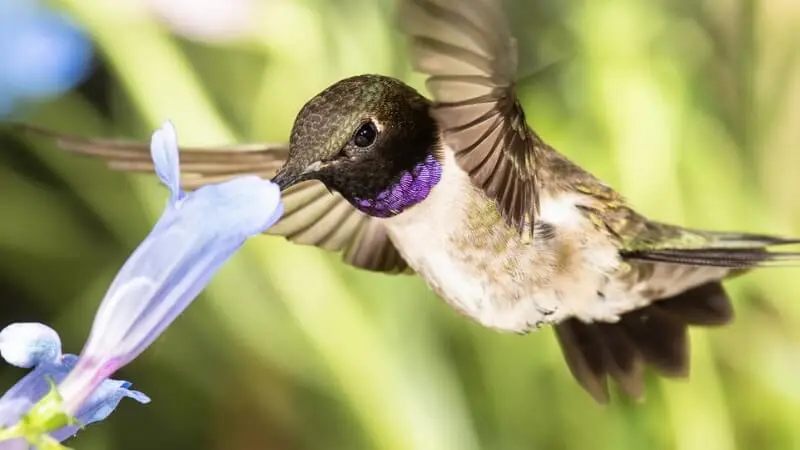 Tubular flowers attract hummingbirds
Tubular flowers attract hummingbirds
Flowers and Plants Hummingbirds Love
Many types of plants attract hummingbirds, including flowers, shrubs, vines and trees. Select plants that will complement your landscaping and be compatible with your lifestyle, time available for gardening, and what’s aesthetically pleasing.
Flowers
- Bee-Balm – Also called Oswego Tea, Bergamot or Horsemint, this long-blooming perennial is tall (12-36 inches) with striking red or reddish-pink or lilac blossoms, and it is native to much of North America. Bee-Balm thrives in full sun to partial shade and adapts to a variety of soil conditions, though it prefers moist, well-drained soil.
- Columbine – This gorgeous but delicate-looking perennial is pollinated primarily by hummingbirds and comes in a variety of colors. It grows about 12-30 inches tall, and it readily self-seeds, thriving in most sun and soil conditions and in most hardiness zones.
- Lupine – With long spikes of colorful flowers, lupines can be a star in your garden in most hardiness zones. Lupines reach a height of about 36 inches.
- Red Cardinal Flower – Native to nearly all of the United States, this striking perennial grows to be 24-48 inches tall with spikes of brilliant scarlet flowers. Blooming in late summer, it can provide interest and nutrition for hummingbirds in the later part of the blooming season.
- Zinnia – Bright, colorful, cheerful zinnias are very easy to grow. They are members of the daisy family with dozens of species ranging from 4 to 40 inches in height. Zinnias are annuals, and you will need to replace them each year.
Shrubs, Vines and Trees
- Butterfly Bush – This colorful shrub sprouts bright clumps of blooms in a variety of colors and reaches 6 to 12 feet tall when fully grown. As its name implies, it’s popular with butterflies (and hummingbirds), and careful pruning will encourage abundant blooms.
- Fuchsia – Frequently grown in hanging baskets, fuchsia produces elaborate, elegant flowers in pink, purple and white. If you prefer to have a container garden or to limit plants to a patio or balcony, hanging baskets of fuchsia are an excellent way to bring hummingbirds to your space.
- Rhododendron – Lovely, classic rhododendron with its massive clumps of colorful, fluted blossoms, and dark, leathery leaves is a long-time landscaping favorite. It’s also a favorite for hummingbirds, especially with its early bloom time.
- Trumpet Vine – A fast-growing vine with reddish flowers, trumpet vine will rapidly spread to cover large swaths of fence or trellis. If you don’t mind pruning it back frequently to keep it in check, you’ll have a sure bet for bringing hummingbirds to your yard.
Other Flowers to Consider Planting to Attract Hummingbirds:
- Cardinal Vine
- Coral Bells
- Delphinium
- Hollyhock
- Honeysuckle
- Impatiens
- Lantana
- Phlox
- Salvia
Maintaining Your Garden
Creating a hummingbird garden is a great way to expand your garden.
If you’re looking for help in getting your hummingbird garden set up, call or go visit your local IGC.
Additionally, you can use the PlantTAGG Plant ID when you’re out for a walk, at a friend’s house, or at your local botanical garden. You can text “PLANTS” to 46376 when you’re ready to get your yard set up in PlantTAGG. It’s free to use with nothing to download or install. We’ll help you discover the best plants for your garden based on your location and garden size. PlantTAGG also makes sure you know how and when to prune, fertilize and water your plants so that you can enjoy your hummingbird garden for many seasons to come!
You’ll have hours of fun planning and creating your hummingbird garden. And the enjoyment your garden brings year after year as you watch these exquisite birds will be well worth your investment.


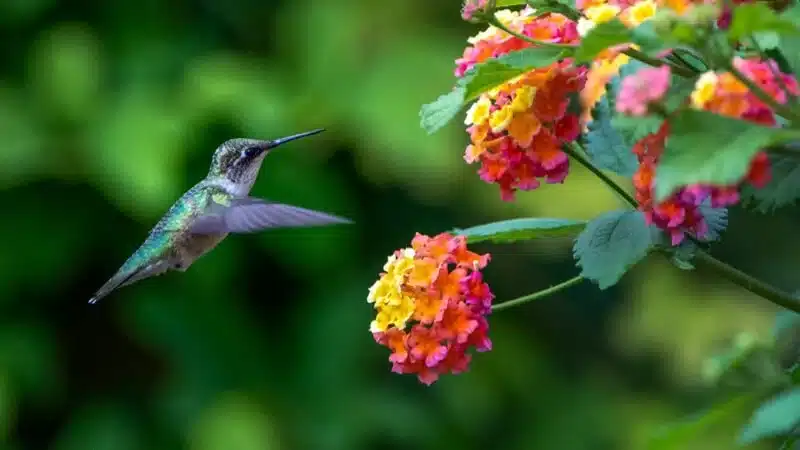
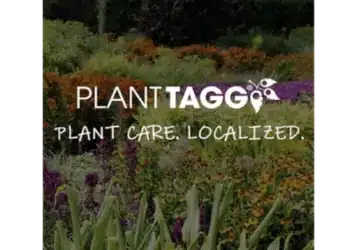
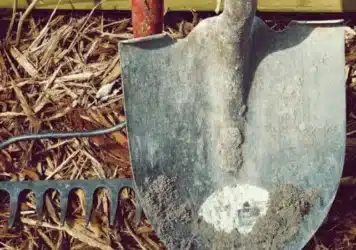
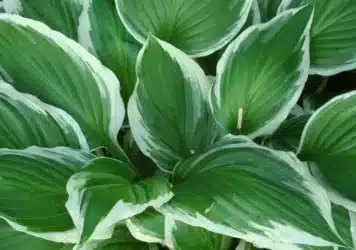
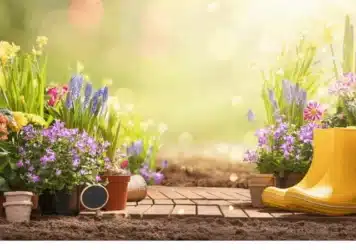
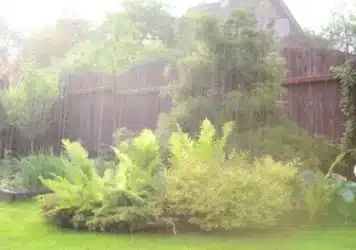

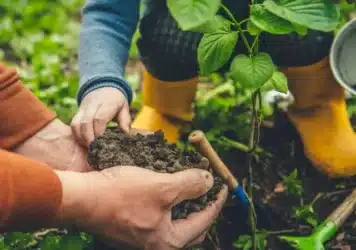
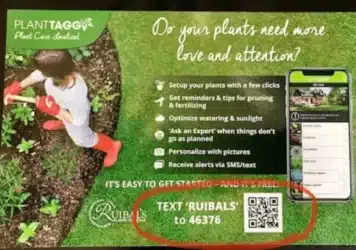

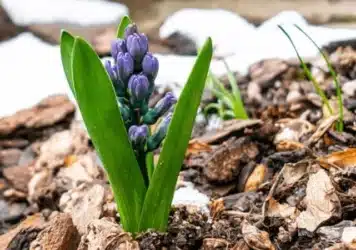
Comment (1)
Please do not plant Japanese honeysuckle–it is very invasive as it escapes into our natural areas. A beautiful choice hummingbirds adore is Coral honeysuckle. Coral honeysuckle is native and blooms profusely with bright tubular flowers hummingbirds love.
Cross vine might be a better choice than trumpet vine–although both must be kept in check
Red Yucca is another hummingbird magnet.